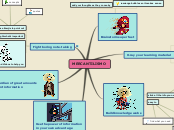af Ava Lo 10 måneder siden
107
Ava & Aliyat's Timeline Project | Chapter 1:
The period from 1754 to 1774 was marked by significant geopolitical events and conflicts, notably influenced by colonial ambitions and economic practices such as mercantilism. The Royal Proclamation and its effects had widespread implications across various territories under monarchical rule, impacting governance and royal institutions.









